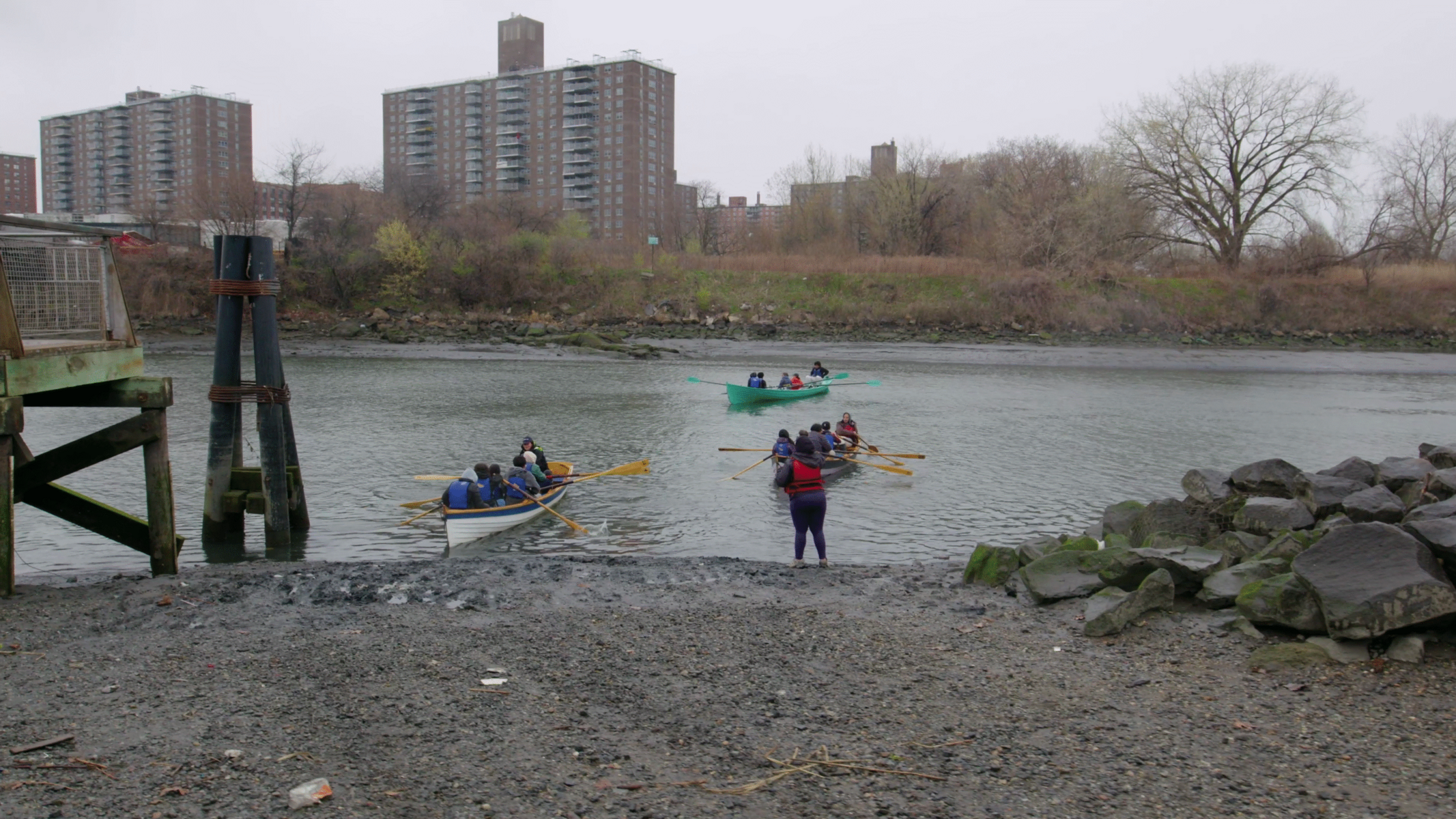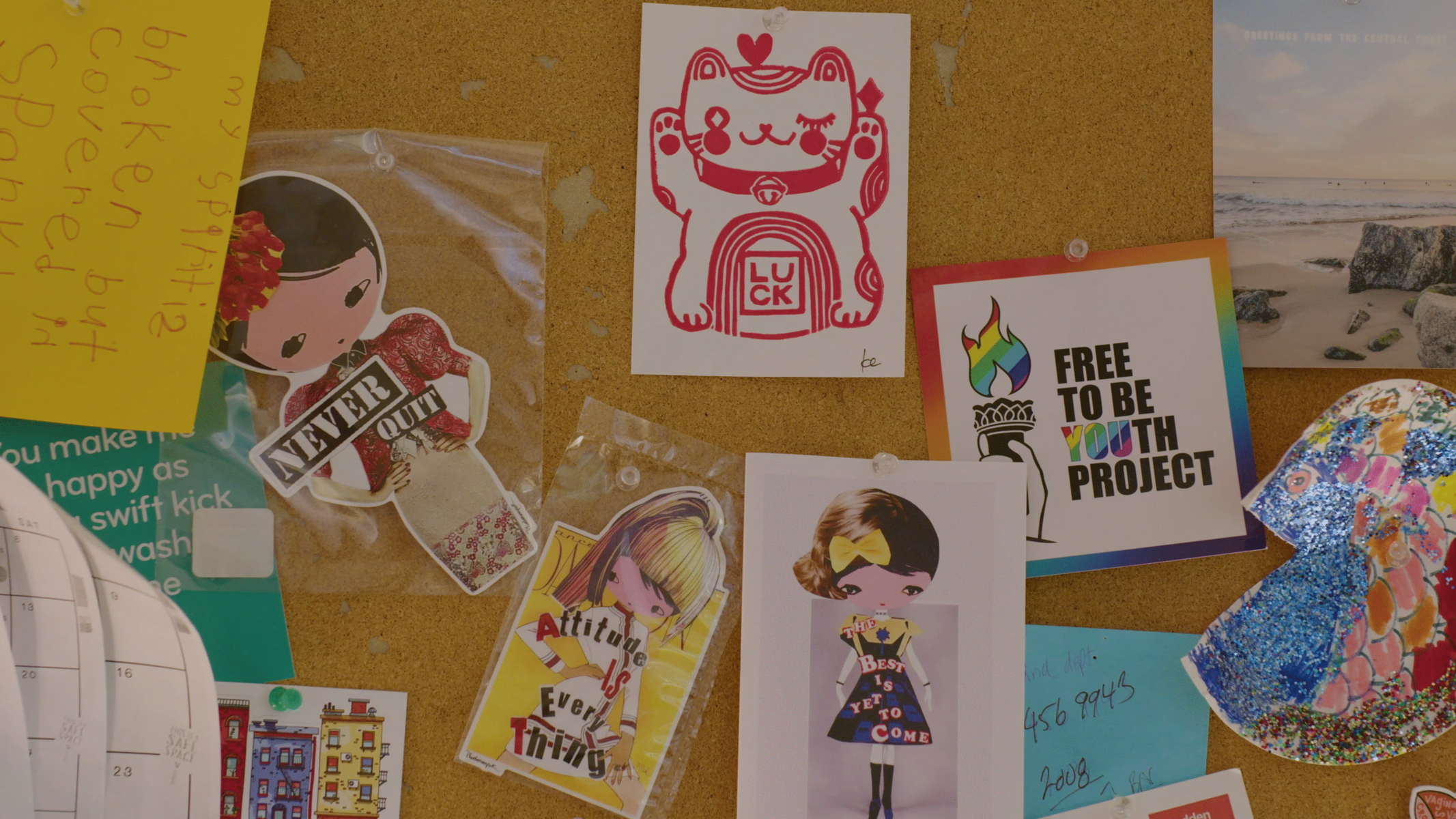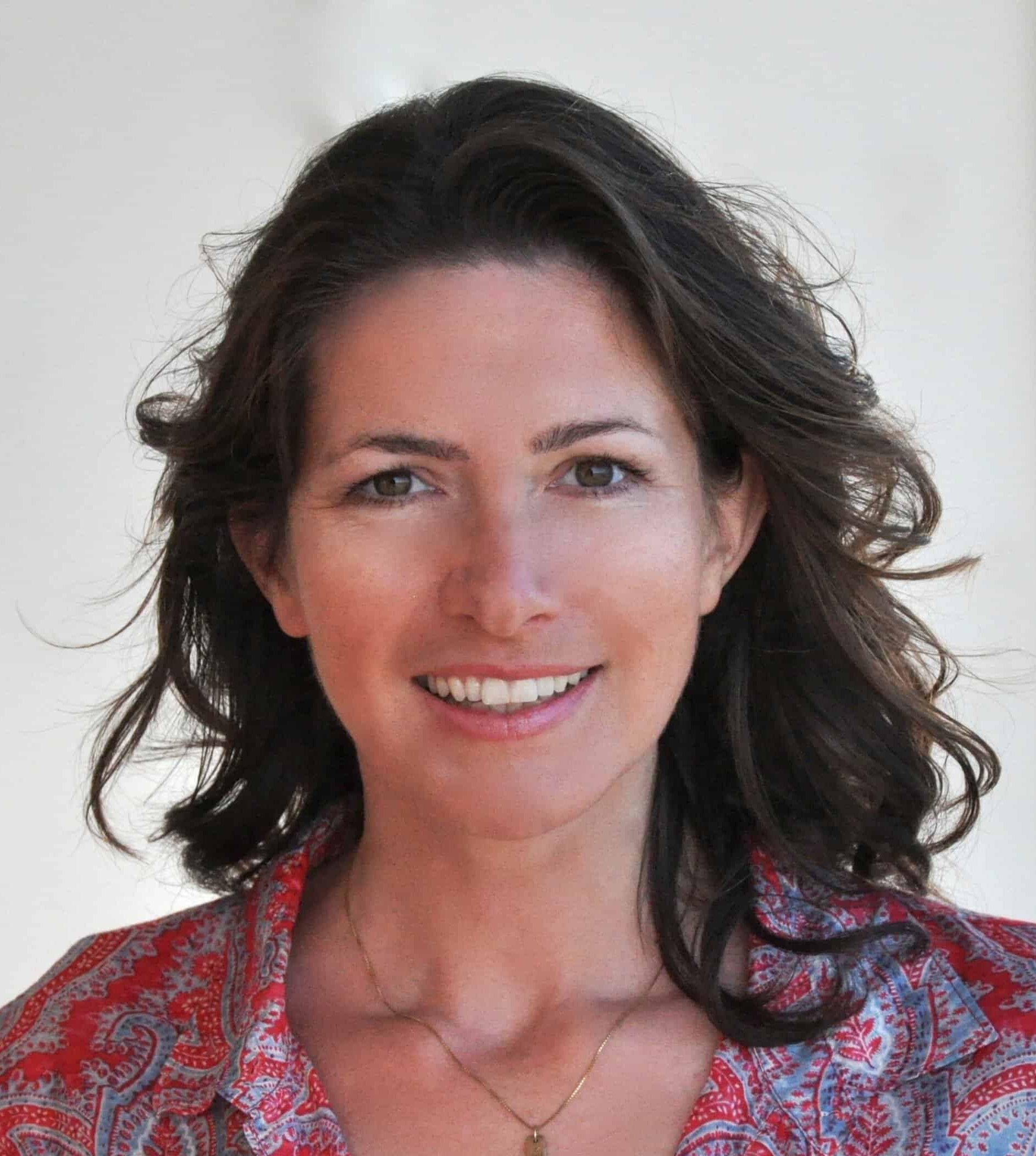Imagine you can’t see. How would you make sure you look your best before stepping out for a job interview? Or check for bugs on your hibiscus? And what about cooking — do the instructions on the pudding package say to boil the milk for ten seconds or sixty?
Sometimes, a simple solution is the best kind.
Some 330,000 visually impaired people have used Be My Eyes, an app that instantly connects them with a sighted volunteer who can tell them what’s in front of them via screen sharing.

Founder Hans Jørgen Wiberg, a visually impaired carpenter in Copenhagen, developed the app for blind people who rely on video chats with friends and family for assistance with simple tasks. But you can only call your brother or best friend so many times, and not necessarily at 4 a.m. when you’re trying to read the warning label on the cold medicine bottle.
“With the app, you can call 20 times a day and will always get a volunteer who is eager to assist you,” Be My Eyes vice-president Will Butler promises. “Because we have volunteers on every continent, we don’t ping someone at 4 a.m.; we just ping someone in a different time zone who might be on their lunch break.”
When the app first launched in 2015, 10,000 volunteers signed up on the first day. Now there are 5.4 million in 175 countries, speaking 185 languages, waiting to help visually impaired users. Especially during the pandemic, when many found themselves stuck home alone, users say the app became invaluable.
The allure lies in how simple and fast it is. Most callers use it for everyday tasks, like distinguishing the can of peaches from the chili. A mother from Berlin calls to ask which yarn in her sewing kit is blue so she can repair her son’s sweater. David, a visually impaired collector of vinyl records, labels every album in Braille to stay organized, but before he puts the labels on he needs to be sure he’s holding the correct one. David could wait until a sighted person is around, but Be My Eyes lets him do what he likes, when he likes. Occasionally, a high-stakes call comes in — once, a blind bride used it on her wedding day to make sure she looked gorgeous before walking down the aisle.
It’s hard to tell who benefits more from Be My Eyes, the clients or the volunteers. “Two people connect, and often they talk about a lot more than just what’s in the fridge,” Butler says. He half-jokingly calls Be My Eyes “the only true social interaction platform.” After all, the app sometimes offers a very intimate glance into someone’s kitchen or closet.
Ver esta publicación en Instagram
The volunteers especially like that they can just pick up the phone anytime it’s convenient for them, without signing up for a particular shift. “I just helped a user find a store,” shares Tina, who studies health management in Nigeria. “Wow! It was so fulfilling! Doesn’t cost you anything, just a few minutes of your time.”
Its most endearing feature is also grounds for the most complaints: So many volunteers have signed up that many voice disappointment about only getting calls every couple of months or not picking up fast enough before the call goes to another volunteer. “Our clients don’t need help all the time,” says Butler. “We joke that we need more blind people.”
Butler makes another startling point: “Statistically, 500,000 of these 5.4 million volunteers are going to be visually impaired at some point in their life if they live long enough.” Many volunteers sign up because they feel close to the topic, he says. “Maybe because they have a visually impaired family member or they’ve known since they were 16 that they have macular degeneration and might be blind one day. Or maybe their field of vision is reduced, but their acuity is still good, so they can still describe what they’re seeing on a phone screen.”
Ver esta publicación en Instagram
Butler became legally blind at the age of 19. “I didn’t know what to do with this newfound disability. I wish someone had told me at the time that blind people are just as capable and skilled and successful as anyone else.” He says that when sighted people think of improving the lives of the blind, “they often think of the daunting task of curing someone’s eyeballs. But aside from the preventable blindness out there, for hundreds of millions of blind people, their need is access to information. It’s a much quicker cure for disability than stem cells or whatever. Knowledge is power.”
Some 285 million people are visually impaired across the globe, according to the WHO, and because the global population is aging and growing, that number will rise by about one-third by 2030. All kinds of modern help is available to them, from GPS-canes to sophisticated readers. Travel Hands, a new startup, pairs sighted travelers with the visually impaired, but so far is only available in London. Smartphones are already a trusted assistant for many blind people. Some apps are more sophisticated, such as TapTapSee, which uses artificial intelligence to describe what is seen in a picture, but you need a paid subscription.
Be My Eyes fills a very specific gap, and its inventor promises it will forever be free. “We did not want to be a nonprofit, spending all our time chasing fundraisings,” says Butler, “or build a subscription model that gets more expensive every year, or sell data in order to make it free.” Instead, the founder convinced private investors to cover the development costs, then got a business grant and now partners with companies like Microsoft, Google, RiteAid and Barilla Pasta.
Ver esta publicación en Instagram
Be My Eyes just won the Apple Design Award for 2021’s best social impact app. “Sort of like winning an Oscar,” Butler jokes. “In the whole ecosystem with millions of apps, it feels surreal, and it opened a lot of doors for us, started new conversations.”
Over the years, Be My Eyes has improved the app. “We made it faster to ensure we’re connecting people as quickly as possible,” Butler says, “because it doesn’t really work to have people waiting around for more than a few seconds.” In the English language, the average wait time to connect is below 15 seconds, in most other languages below 30 seconds. However, it’s still too slow to help with one particular task: “Because there is a slight delay between the question and the response, please don’t use it to cross the street,” the app warns.
The app does not conduct background checks on volunteers, and the training consists only of a brief online video. “Abuse is real,” Butler acknowledges. “Any time you put anything on the internet, it’s going to get abused. Luckily, we have a statistically insignificant amount of it.” Though thousands of calls are processed daily, abusive or prank calls are exceedingly rare. “If it does come up, it gets routed out really quickly, because whoever’s on the other end immediately rates that call and gives it a thumbs down.” The user can immediately flag it as inappropriate, and the offending volunteer will be automatically removed.
Ver esta publicación en Instagram
But most volunteers enthusiastically share how good it feels to help someone. And occasionally, life-changing moments occur. At one point, a young blind woman in London found herself in her bathroom holding a pregnancy test. No matter how accomplished you are, or how well you can navigate a busy city street, as a visually impaired person, there is no way to see the result of a pregnancy test without help. Of course, she could have waited for her husband to come home, but she wanted to know what to tell him the moment he walked through the door. The answer was just what she hoped for — when he got home she shouted: “We’re having a baby!”









